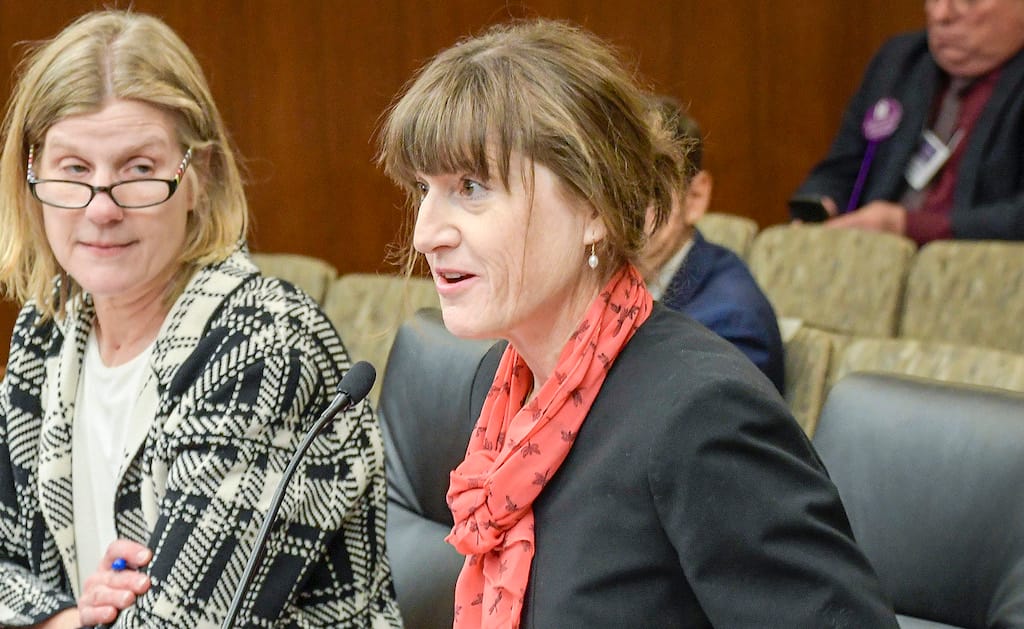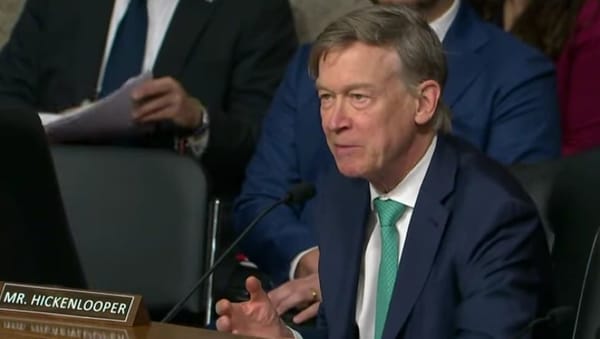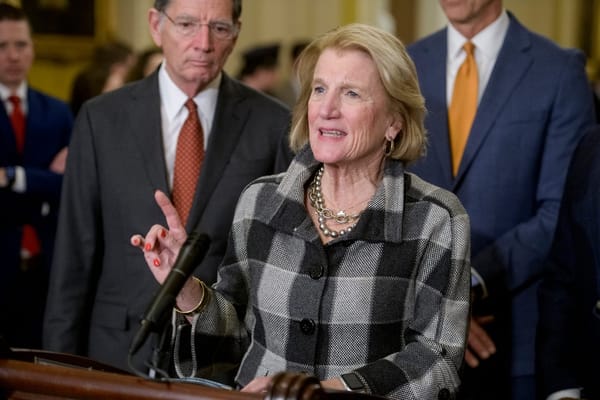Broadband Offices Concerned About Uncertainty in Compliance with Federal Program Requirements
Minnesota’s broadband office is concerned about federal compliance in the wake of new federal funding.
Justin Perkins

December 17, 2021 – State broadband officials are concerned about compliance with federal funding guidelines.
Diane Wells, director of Minnesota’s broadband deployment office said her state’s preparation for federal funding is an upcoming hurdle for her team.
“An upcoming challenge is just the uncertainty,” she said, in thinking about how Minnesota’s successful broadband programs “need to be tweaked” to comply with the federal programs and reporting requirements. “Previously we’ve always been funded with state funding” Wells said, so her office hasn’t experience with federal reporting requirements.
Minnesota’s broadband deployment office, housed within the state’s employment and economic development department, has run a state infrastructure grant program since 2014. Using the state’s budget surplus, the office utilized between $11 million and $35 million for infrastructure funding.
The office distributes the money in single-round grants where applicants apply to be considered for fund matching. The state’s goal is to connect all state residents to at least one provider in their community for broadband access with 120 Megabits per second (Mpbs) download speeds and 25 Mpbs upload speeds.
Despite their progress in state funding, Minnesota’s broadband office is challenged by compliance with federal guidelines and couldn’t apply for funding without proper guidance. Wells said state citizens and internet providers are complaining about Minnesota’s inability to open a grant application round from July 2021.
The grants, funded by the U.S. Treasury’s Capital Projects Fund, were federally funded rather than using Minnesota’s traditional state-only grant funding. Wells said her broadband office “didn’t have guidance” on applying to the CPF until September. Hopefully, Wells says, the state will submit their application for two rounds of funding in 2022 to get back on track. “But that will be doubling down our capacity as well,” she added.
Wells said her office tries to keep up with all the federal funding opportunities. “We’re most familiar with the broadband funding in Minnesota, but we’re dealing with the governor’s office” to coordinate funding decisions, Wells said.










Member discussion